1. Research Property Boundaries
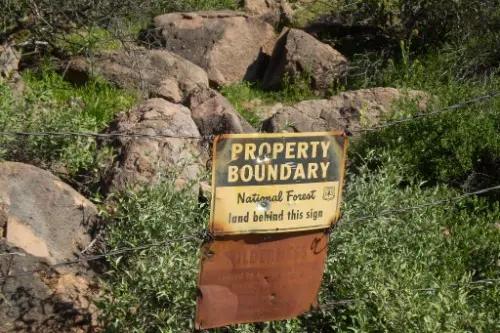
Don’t assume the property lines are where you think they are. A professional survey is essential to confirm boundaries and avoid disputes with neighbors later. This step is especially critical if you plan to add fences or outbuildings.
2. Investigate the Soil and Land Quality
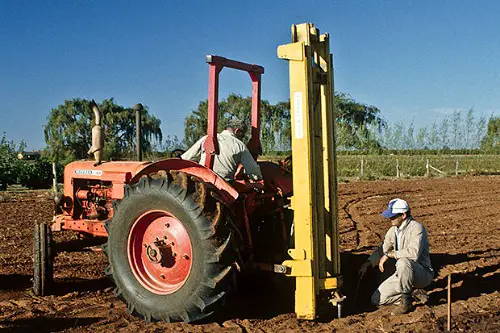
The type of soil on your land matters for foundation stability. Certain soils, like clay, can be challenging to build on. A geotechnical survey will help you avoid future headaches like sinking foundations or drainage issues.
3. Understand Utilities Availability
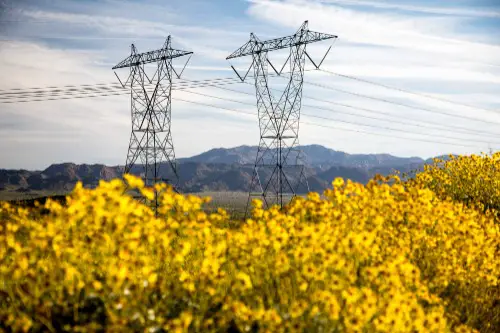
Does the land have access to water, electricity, gas, and sewage? If not, you’ll need to figure out how to connect—or whether you can at all. Installing utilities can add significant costs, especially in rural areas.
4. Know Your Zoning Laws
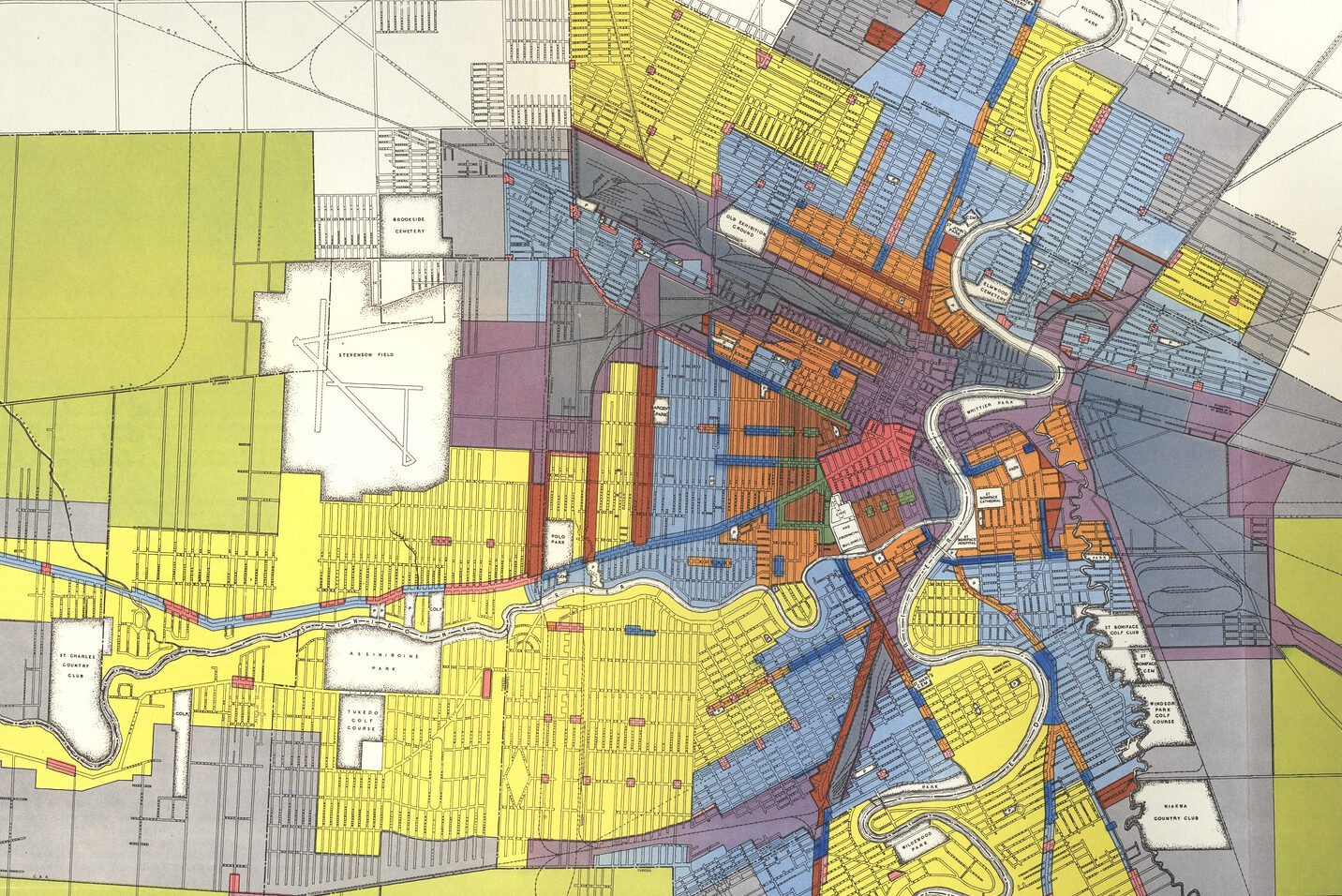
Zoning laws determine what you can and can’t build on a piece of land. Before falling in love with a plot, check its zoning restrictions to ensure it aligns with your plans. Ignoring this step could mean costly changes later—or worse, not being able to build at all.
5. Consider Accessibility and Roads
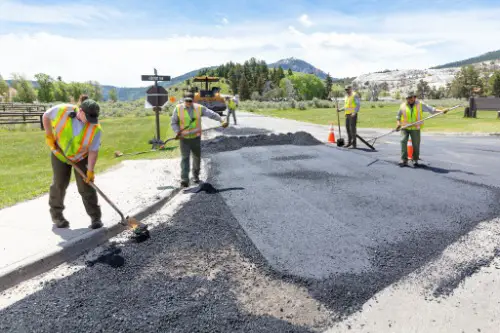
Can you easily get to your land? If it’s off a private road or lacks direct access, you might need to pay for road maintenance—or even construct a road yourself. This adds time and expense to your project.
6. Check for HOA Rules (If Applicable)
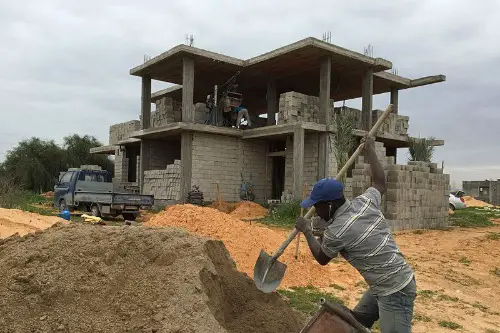
If your land is in a subdivision or community with a homeowners’ association, make sure to review their rules. HOAs can restrict house designs, colors, and landscaping, which might clash with your vision.
7. Assess Environmental Risks
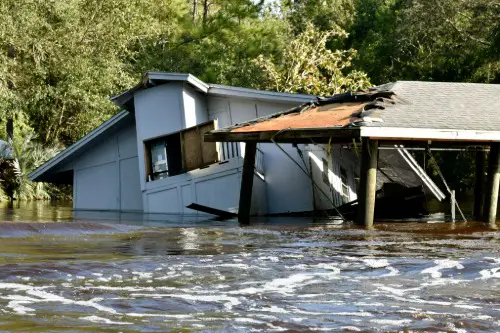
Is the land in a flood zone, wildfire-prone area, or an earthquake fault line? Environmental risks can affect insurance costs, building requirements, and even your safety. FEMA maps and local resources can provide this information.
8. Account for Permitting Costs and Delays
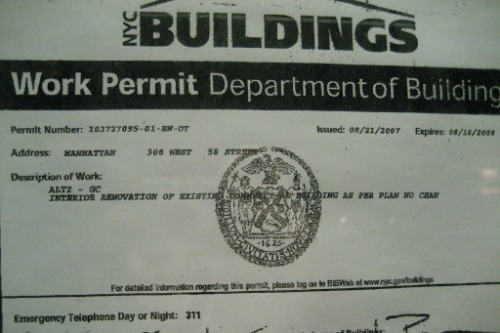
Building permits are mandatory almost everywhere in the US, and getting them isn’t always quick or cheap. Research local requirements so you’re prepared for the fees and timelines involved.
9. Budget for Site Preparation
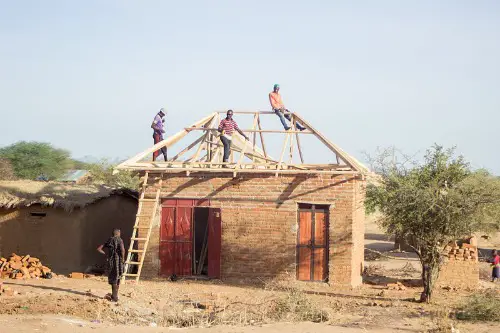
Raw land often requires prep work like clearing trees, grading, or removing rocks. These costs can add up fast, so include them in your overall budget. Ignoring this could leave you with a bigger bill than expected.
10. Be Aware of Construction Material Costs
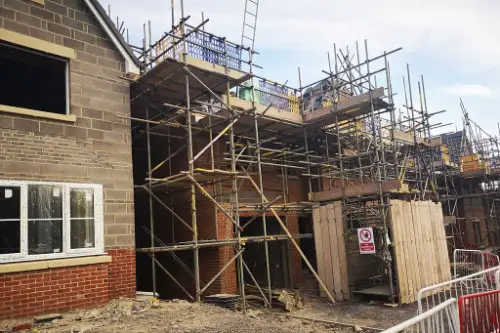
Material prices can fluctuate wildly due to supply chain issues or market demand. Keeping an eye on these trends and locking in prices early can save you money in the long run.
11. Think About Resale Value
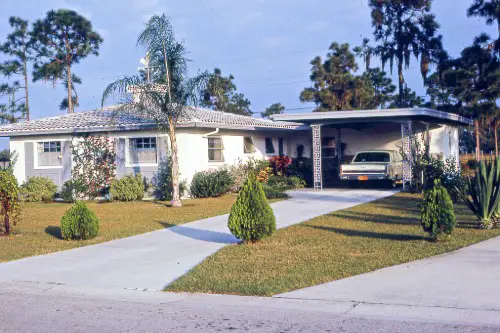
Even if this is your forever home, life happens. Choose land and a design that will appeal to future buyers. Features like good schools, easy access to amenities, and a functional layout add long-term value.
12. Plan for Weather-Specific Designs

In 2025, extreme weather is a reality in many parts of the US. Depending on your location, you might need to invest in hurricane-proof windows, extra insulation, or wildfire-resistant materials. Build with resilience in mind.
13. Factor in Long-Term Maintenance
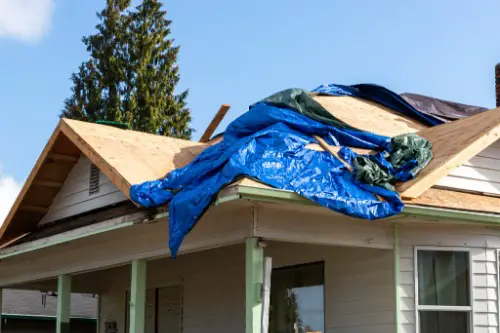
Building your home is just the start; maintaining it is a lifelong commitment. Think about how landscaping, driveway upkeep, and even roof repairs might add to your long-term costs, especially for larger or more complex properties.
14. Hire the Right Team

The people you work with can make or break your project. Choose a builder, architect, and other professionals who are experienced, communicative, and familiar with local building codes. A great team ensures a smoother process and fewer surprises.
Building your home on a piece of land you love can be deeply rewarding—but only if you go in prepared. By keeping these 14 tips in mind, you’ll set yourself up for success and avoid common pitfalls. Happy building!


